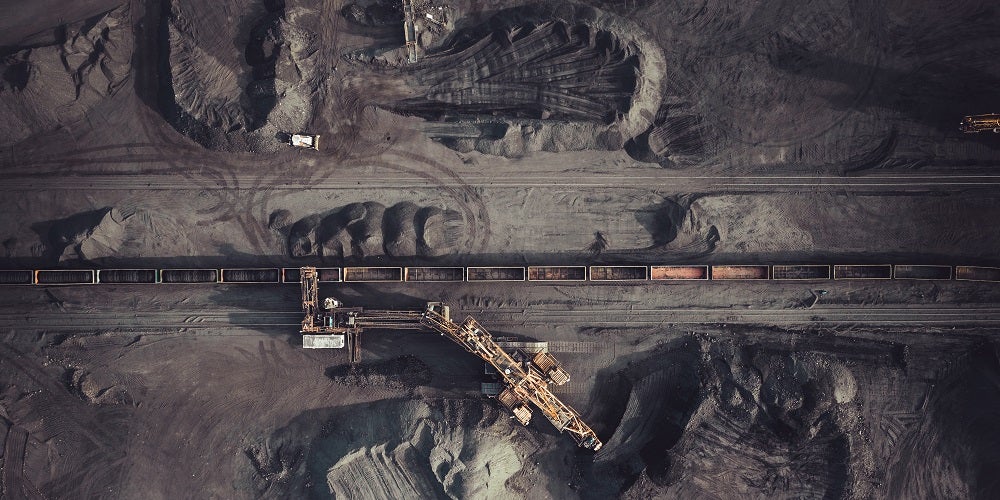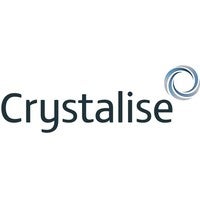
Asset integrity is the confidence you have in your asset to meet its safety, environmental, reliability and functional requirements at any stage of its service life. These requirements are what stakeholders expect from that particular asset to deliver value without harming people or the environment.
Stakeholders are not only the owners of the asset, but also operators and maintainers, shareholders and regulators etc, as well as sustainability agreements. ISO 55000 provides an overview of asset management, its principles and terminology, as well as the expected benefits from adopting asset management.
But how can asset management best be achieved, especially at facilities with multiple assets at different stages of their service life? This is where Crystalise comes in, offering services that enhance an asset’s availability and reliability, reduce operational risks, and meet or exceed sustainability expectations.
According to Dr Phillip Tirabosco, principal consultant at Crystalise: “What Crystalise can do is assess the condition of the asset by analysing the data and physically examining the conditions to put together a picture of where you’re at in terms of the asset maturity. As we all know, everything declines over time. You may start up with something that meets or exceeds your expectation, but over time, ageing, defects, mismanagement or incorrect maintenance will cause a decline in your level of performance, whether its performance in terms of output (your cost expectation) or in terms of the level of risk you’re operating at.
“If something does go wrong and it’s an integrity issue, then the organisation and internal stakeholders could be responsible for that damage or mishap, or if they can’t demonstrate that they were managing the integrity of the asset. Crystalise provides that independent assessment to determine what’s an acceptable level of risk or what appropriate mitigations need to be put in place where integrity has been lost, is in decline or is it at an unacceptable level.”
By providing these assessments Crystalise enables stakeholders to demonstrate that they are managing their asset so that risk is as low as reasonably practicable (ALARP). Studies have shown that between 50-60% of maintenance activities include inspection to ensure that they are at a level of integrity that is suitable for the continued operations and defects that could result in future failures of equipment are identified
“We tell customers that 60% of your ongoing maintenance costs could be inspections, the level of inspection you need to do is equivalent to how much confidence you have in the integrity of your existing asset,” Tirabosco adds.
Regulators demand that companies, particularly those in hazardous industries, can demonstrate that they have integrity. Too often, accidents at major facilities impact the whole community, so integrity is a critical part of sustainable business practices. Ongoing management and assessment is vital for the continued operations of a facility, especially when expanding and adding to old facilities.
“You need to understand your new investment is being supported by ageing equipment,” Tirabosco explains. “Have they got sufficient integrity to maximise your investment over the long term. Integrity management is not only about your current condition, it’s about helping you assess long-term conditions.
“A classic example of understanding integrity in terms of infrastructure is your water pipes underground. These may be pipes that are 100 years old that are still working, but when they do fail you’ve got a massive loss of water, which has been known to take sections of roads. Managing the integrity of large spatial assets requires detail, model systems, data analytics and a clear way of making appropriate decisions in terms of which line has sufficient integrity and which line should we be replacing or doing work on, particularly when those types of assets aren’t easily accessible.
“With Crystalise, we’ve developed models and work with experienced engineers that can review equipment to provide an independent assessment of your equipment and then identify ongoing deterioration and what needs to be done to keep a level of integrity that is fit for purpose to meet all stakeholder requirements.”
For more information about Crystalise and the services that they provide, visit their website.


